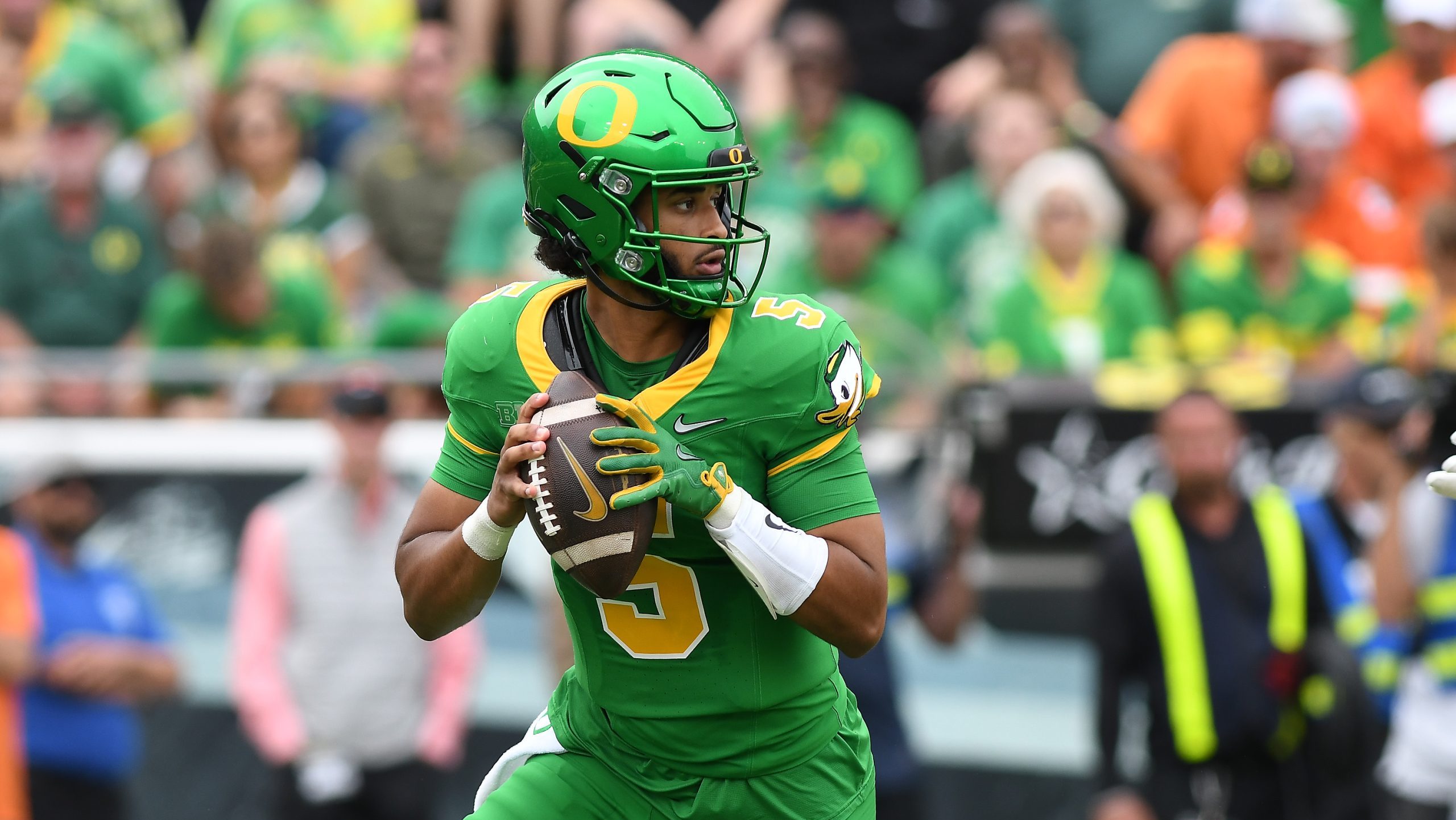By Ian Miller
Copyright outkick

We’re only a few weeks into the 2025 college football season, and as always, debates around strength of schedule and the importance of the Associated Press Top 25 are heating up. Proponents of the AP Poll have pointed to the latest iteration of the ranking as evidence that the SEC is once again the preeminent conference in the country. That’s likely true, to an extent, in large part because the SEC has a deep roster of teams that rank in the top 30-35 by most metrics. But where fans should look to as well, is how those teams have actually performed on the field, how much better or worse they’ve been than their opponents, after adjusting for quality, at stopping big gains on defense, and consistently making positive plays on offense. And thus far, there’s been a pretty clear pattern – SEC teams aren’t actually performing that well on the field, relative to other conferences. RELATED: Problems With The AP Top 25 Poll Just Keep Getting Worse Big Ten, Other Teams, Outperforming Their Rankings One of the best performance-driven ranking systems is SP+, created by Bill Connelly and posted at ESPN. SP+ takes offensive efficiency, defensive efficiency, and special teams efficiency, adjusts for opponents, and incorporates recruiting and returning players to rate teams moving forward. But this early in the season, SP+ heavily weights preseason expectations as well, the theory being that we shouldn’t completely reevaluate our expectations after such a small sample size. Makes sense. Connelly though, posted on X how SP+ would rank teams simply based on their on-field performance to start the season, without preseason expectations factored in. It’s a surprising list. Obviously, this is not, and should not, be how the AP Poll ranks teams. But it is illustrative that actual on-field performance has been very different than narratives would have you believe. The Big Ten has five teams in the top seven, the highest ranking SEC team is Missouri at ninth, and the SEC as a whole has just three teams in the top-15. The Big 12 has four. Seven of the top 15 are Big Ten teams. Very different from how human voters have these teams ranked. Again, this is not to say that Texas Tech should be the #1 team in the country. It is indicative though, of how narratives can be misleading. SP+ also has a “strength of record” ranking, which is arguably more aligned with what the AP Poll is supposed to be ranking. It’s not based solely on how these teams project forward, but what would an elite team’s record, and offensive and defensive efficiency, be had they played the same schedule. By “strength of record,” though, the Big Ten has a compelling argument too. Five of the top eight teams by Resume SP+ are from the Big Ten: Oregon, Penn State, Washington, Illinois, and Ohio State. The SEC has just Oklahoma at number four, and Missouri at number five. Remember, it’s not just who you beat, it’s how you beat them. For example, if USC plays Missouri State and beats them by 60, when an elite team is expected to beat them by 40, USC gets credit for that. Similarly, computer rankings don’t care about brand name or program history, so a close win over Florida or Clemson isn’t given more credit than a close win over Memphis, since the Tigers actually rank ahead of Florida and Clemson in team quality. It’s a long season, and these rankings could change, and will change, over time. Still, it’s worth noting that team quality rankings are a lot friendlier to the Big Ten than many in national college football media would have you believe.



